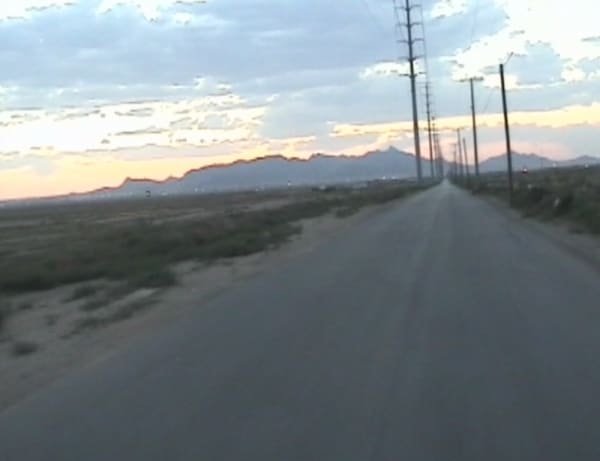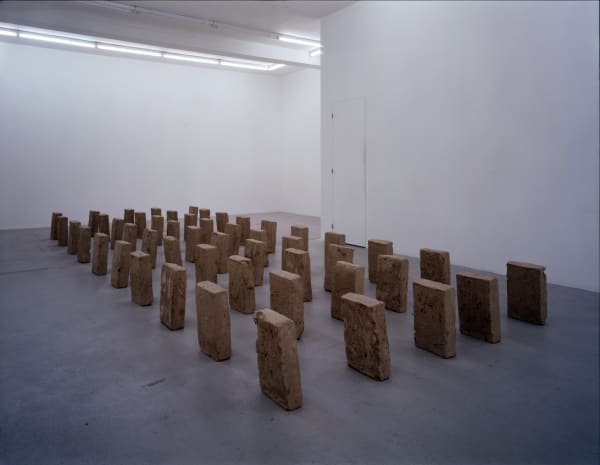The gallery Peter Kilchmann is pleased to announce the second solo exhibition Ciudad Juárez by Teresa Margolles in Switzerland. The artist shows new video work and room-installation. With the exhibitionʼs title Ciudad Juárez (Juárez City) Teresa Margolles refers to the industrial city with the same name in the North of Mexico in the state of Chihuahua.
This city is not only known as the Capital of the Maquiladoras1, but it achieved tragic fame due to an unsolved series of murders of young women. Since 1993, more than approximately 400 girls and women have been murdered in Ciudad Juárez, and between 400 and 500 women have disappeared without a trace. The mysterious circumstances under which the murders are committed give reason for many speculations. Most murders have remained unsolved until today, preliminary inquiries and investigations are stopped and hence, womenʼs rights are consistently ignored. Last month the artist did a trip to Ciudad Juárez in order to do some research at the actual place of the crime. Margolles exhibits a video work titled Lote Bravo, Lomas de Poleo, Anapra y Cerro de Cristo Negro which shows an endless seeming car-journey. Paradoxically, while the presented times of day are frequently changing, the work contains sounds (audio work Lomas de Poleo, Lote Bravo, Cerro de Cristo Negro and Anapra) of the night in a desert. Margolles displays the often lonesome ways to work of native women from the production units of the worldʼs most powerful companies to their flats in the poorer areas of the city. As a contrast to this, a text with statistical facts about the city and the series of murders committed there is attached to the wall in the gallery.
On the floor of the exhibition room, there are distributed earth-coloured, rough seeming, brick-like objects, standing as well as lying. Teresa Margolles herself has collected the sand for the production of these bricks at more than five different places in and around Ciudad Juárez. These places are the ones where the corpses of sexually abused women were found. Thus, the handmade objects titled Lote Bravo function as individual deputies of the victims from the city of the dead girls.
In 1990, Teresa Margolles belonged to the founding members of the group SEMEFO (Servicio Médico Forense, 1990-1999). Since then, she has realised performances, installations, objects, interventions in public, and videos in the context of this group. For some years now, the artist has been working autonomously. Her early work deals with death and the several victims of physical violence in Mexico City. She encountered the dead in the morgues of the 22 million metropolis. Besides others, one material Margolles has worked with is the water with which the corpses were washed before the autopsy. Many of her works are artful transformations of and with water, human fat, blood and lifeless bodies (fetus and horses). They convince because of their reserved “objectness” as well as their shocking directness/radicalness. Margollesʼ work mirrors social reality that reflects a certain level of societal reality in Mexico.
 Teresa MargollesLote Bravo, 2005Installation
Teresa MargollesLote Bravo, 2005Installation Teresa MargollesLote Bravo, Lomas de Poleo, Anapra y Cerro del Cristo Negro, 2005Single channel video, color, no sound, 15 min 3 sec., including 2 sound works
Teresa MargollesLote Bravo, Lomas de Poleo, Anapra y Cerro del Cristo Negro, 2005Single channel video, color, no sound, 15 min 3 sec., including 2 sound works







